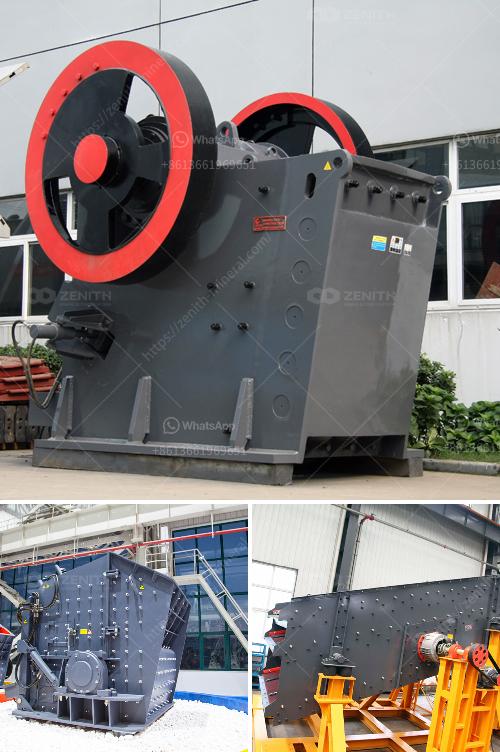The process of extracting iron from iron ore involves several steps, each of which is crucial to ensure the efficient and effective production of iron. Here is a detailed explanation of the entire process:
Iron ore is typically mined from the earth's crust. The most common types of iron ore are hematite (Fe2O3) and magnetite (Fe3O4). These ores are extracted through open-pit mining or underground mining, depending on the depth and location of the ore deposits.
Once the iron ore is extracted, it is transported to a processing plant where it is crushed into smaller pieces. This is done to increase the surface area of the ore, making it easier to process. The crushed ore is then ground into a fine powder to further increase the surface area.
The ground iron ore is then subjected to various concentration processes to remove impurities and increase the iron content. This can be done through several methods, including:
The concentrated iron ore is then formed into pellets. This is done by mixing the ore with a binder (such as bentonite clay) and rolling it into small balls. The pellets are then heated in a furnace to harden them, making them easier to handle and transport.
The iron ore pellets are then subjected to a reduction process to remove the oxygen and convert the iron oxide into metallic iron. This is typically done in a blast furnace, which operates at very high temperatures. The main steps in the blast furnace process are:
The molten iron, also known as pig iron, is tapped from the bottom of the blast furnace and collected in a ladle. The slag is removed and can be used in various applications, such as road construction.
The pig iron contains impurities such as carbon, silicon, and phosphorus, which need to be removed to produce steel. This is done in a basic oxygen furnace (BOF) or an electric arc furnace (EAF). In the BOF, pure oxygen is blown into the molten pig iron, causing the impurities to oxidize and form slag, which is removed. In the EAF, scrap steel and pig iron are melted together, and impurities are removed through oxidation and slag formation.
The refined iron or steel is then cast into various shapes, such as ingots, billets, or slabs, depending on the intended use. This is done by pouring the molten metal into molds and allowing it to cool and solidify.
The process of extracting iron from iron ore is complex and involves several stages, each of which is essential to produce high-quality iron or steel. From mining and crushing to concentration, pelletizing, reduction, tapping, refining, and casting, each step plays a crucial role in transforming raw iron ore into a valuable and versatile metal.
